“Close your eyes and think to yourself what it is that you really, really want.” Rima Rani Rabbath seals her eyes shut at the front of the room and a yearning-filled smile comes to her face. Her raspy, devotional laugh slips out as she says, “I think you all know what I want.” Her implied answer is love.
Rabbath is a beautiful Lebanese-born yoga teacher who teaches at Jivamukti NYC and leads teacher trainings for Jivamukti Yoga around the world. Though her classes are regularly packed, with sometimes less than two centimeters between mats, and her wisdom sought after, Rabbath makes every student feel seen. Her classes are a staple of the New York City yoga scene, and an essential New York experience. Men in suits, women carrying designer bags, hippies in hemp, college students, and musicians alike all pour in to the space eager to get a spot close to Rabbath.
Class begins with Rabbath’s callouts to her students, which can sometimes last up to 5 minutes; she warmly gazes around the room as people get settled and her loving voice reaches out. “Hi, James”, “Hi, Tyra”, “So good to see you, Liz!”, “Welcome back, Carlos.” She then begins to pump her harmonium, ohming, as the bustle of the room stirs to stillness. She chants for universal love, for connection, and freedom from suffering, with full presence and devotion; it’s impossible not to join in. As the sound of a hundred voices comes together, and vibrational heat connects her openhearted students, a feeling of equanimity and unity drapes itself over the space. Her chant draws to a close and Rabbath drops humbly and confidently in to her seat as teacher, and carries with each breath the authentic lineage of those who came before her.
Before the physical portion of class begins, Rabbath often begins with a story taken from the Bhagavad Gita, from Buddhist masters, from Pema Chodron, from a few nights ago at a club in Williamsburg. And for Rabbath, it’s all equally important, it’s all worthy of attention. She gesticulates with her hands during the narrative, and periodically closes her eyes so as to fully embody the essence of what she’s trying to communicate.
She’ll end with a lesson, to inspire intention, to transmit the wisdom with full vibrato. “Yoga reminds us—the practice helps us to remember, remember everything! Even if you remember an old wound on the mat, you’ll tend to it in a way that can heal yourself.” For Rabbath, the goal is to remember and experience everything. “We are sentient beings, feeling beings, yet we’re so nervous about what to feel and what not to feel, but if we just allow ourselves to be present and feel it all, we have so much to enjoy and to learn from.” And indeed, by the end of class, people are calling out in the name of love and universal healing. Her students come back the next day and the day after that, and over and over they are swept up by her pure devotion, her honesty and her delight in the practice. Here, Rabbath shares some details about her daily rituals, her philosophies about yoga, the importance of practice, and what keeps her seeking and embodying love.
How did you start practicing yoga?
I first came to New York City in August of 1995 to go to business school at NYU Stern. After graduating, I was working in brand management for Colgate-Palmolive, and a friend told me she had heard great things about a yoga studio called Jivamukti. At the time I didn’t really have any practices. I had grown up as a serious tennis player, so I understood the value, but honestly, we don’t feel something is missing until we allow ourselves to feel. And at the time, I wasn’t yearning for anything outside of what I already did. But still I had an open mind and went only 6 months later.
The first class I walked into at Jivamukti was with Ruth Lauer Manenti. The class was packed mat to mat with the sound of breath and the smell of sweat, and I was immediately drawn in. I still remember what Ruth was teaching: the notion that we are perfect already, as we are. Though this idea has become somewhat of a given, especially in the circles in which I travel, it remains perhaps the most important lesson that any of us can learn. Desire, feelings of lack or want, not feeling good enough, dissatisfaction—these aspects of our self are real emotions that can teach us so much about who we are, but we ultimately need nothing except ourselves.
It was both the essence and the resonance of what Ruth said to us that day, along with the tenderness of her delivery, which was both challenging and soft, that made me feel instantly devoted to her and to the practice. I started to go to class almost every single day and discovered the Jivamukti Yoga founders, David Life and Sharon Gannon, who became my dear teachers. When they were still teaching in the city, I would take their classes back to back on Saturdays. I love those days.
Why is having a practice important to you?
I need a physical practice to ground me. When I was growing up in Beirut, I played tennis professionally, almost religiously. My coaches helped me realize the freedom of discipline. Being so devoted to tennis was in many ways the foundation of my ability to become devoted to yoga. Many of us think that doing what we want to do is freedom, but really, when I devote myself to the discipline of a practice I feel truly free. Having a practice is empowering because no one can take it away from you. The practice—whatever it is—becomes part of the fabric of who you are, and it supports you and shows up for you, if you show up for it.
You teach really big classes, with sometimes up to 90 people in a room. What are some of the lessons this experience has taught you?
I love teaching big classes, I vibe off the energy in the room. I love the community we all feel in a packed room, even though it’s sometimes so uncomfortable for people to be so close. If I’m being totally honest, I really prefer teaching big classes: It’s easier as a teacher to let the energy of the sheer numbers do a lot of the work. Of course the mantras and the asanas themselves have tremendous power, but there is something very unique about the sound of almost 100 voices ohming together, flowing together, meditating together, after a long hectic day in New York City. That said, I feel that regardless of the number of people in the room, every opportunity to teach is a joy.
The biggest lesson I learned though was in 2006, when I had both David Life and Sharon Gannon (the founders of the Jivamukti Method) in my class. I was nervous, and so of course forgot one of the key points that make up a Jivamukti Open class. I was sitting on David’s shins after full wheel pose and the room just went out of control—everyone in the front row was just doing their own thing. After class David and Sharon gave me honest feedback, of course out of love, out of wanting me to become the best teacher I could. “You have to teach studentship to your students,” they told me, “Don’t cater to the preferences of certain students, or cater to your front row.” They taught me that I needed to love my students with non-attachment. “There might come a time when your students will stop coming to you, or will leave yoga altogether, and you have to be okay with that.” Of course I want to make sure everyone has a great experience. But I also have to be okay if how I’m teaching is or becomes not what my students are looking for.
What were some personal breakthrough moments in your teaching methodology?
After many years, I finally learned that I shouldn’t try to fit everything in to every class. I also can’t fill every moment; some just need to sit on their own without my voice or my verbal instruction, and the students need to tap in to their own intention. It’s not about us teachers fitting our baggage into the asana [physical] practice. I also learned to never wing a class. When I have a sequence, a peak pose, and a theme, then I can be more available to what’s happening in class at that moment rather than worry about what’s coming next. But in recent years I’ve also changed my perspective so that I don’t come in with an agenda of how I want things to unfold, and instead allow myself to be more open to what’s actually arising in the room.
How has your personal practice changed?
I would say that my practice today is much more subtle than when I first started.
I’ve become much more interested in alignment. I use more props than I used to, which I feel have the ability to quiet our mind and give us new information about our bodies and our practice. Back in the day I would wait for a scream in my body, and now I practice listening for a whisper. Sensations become information, which becomes knowledge. So when I can pull back for a moment and just notice and listen quietly, instead of pushing through, I open myself up to the possibility of deep knowledge.
For me this is part of the practice of Nada Yoga, or the yoga of sound. This is one of the five tenets of the Jivamukti Method. We give verbal cues instead of physical demonstrations as much as we can so that our students can tap into their ability to listen. The sound-body or vibrational body is where the whisper emanates from. All we have to do is listen.
Is there a mantra that you return to over time to recall your intentions as a teacher?
I often return back to the words of the incredible Pema Chodron, who says that nothing ever goes away until we’ve learned the lesson we need to. In this world, we are so conditioned to ask “Why me?” When something goes poorly we have this feeling of rejection or lack of faith like something is happening to us. But as Pema teaches, nothing will go away until we can healthily come out on the other side.
What is the first thought that comes to mind when you wake up in the morning?
In January I moved into this beautiful new apartment on the east side of Manhattan and every single morning, I see the sunrise. It’s the most amazing thing. I always loved the idea of each new day being full of infinite possibility, but now I literally watch the sun rise, and I know it’s a new day.
To be honest though, the first thing I think about in the morning is coffee. I love coffee. I think about that very first sip, and how profound it is for me, because I know that the second sip or second cup will never be as good. So for that first sip, I am completely grateful and involved.
It’s interesting. We are all seeking that first sip because it feels new but if we can experience newness every single moment then we can really recognize the depth and everlasting nature of that moment. Then we are less likely to go chasing newness elsewhere or in a million directions.
How has music influenced your life and yoga practice?
People who come to my class know that I love music. I play mostly electronic tracks in my classes. My crew (as I like to call them) and I have been “clubbing” for a long time—not as often anymore, of course! But there is something that happens on the dance floor, where you become fully present. The same is true in a class where the music becomes an integral part of the experience.
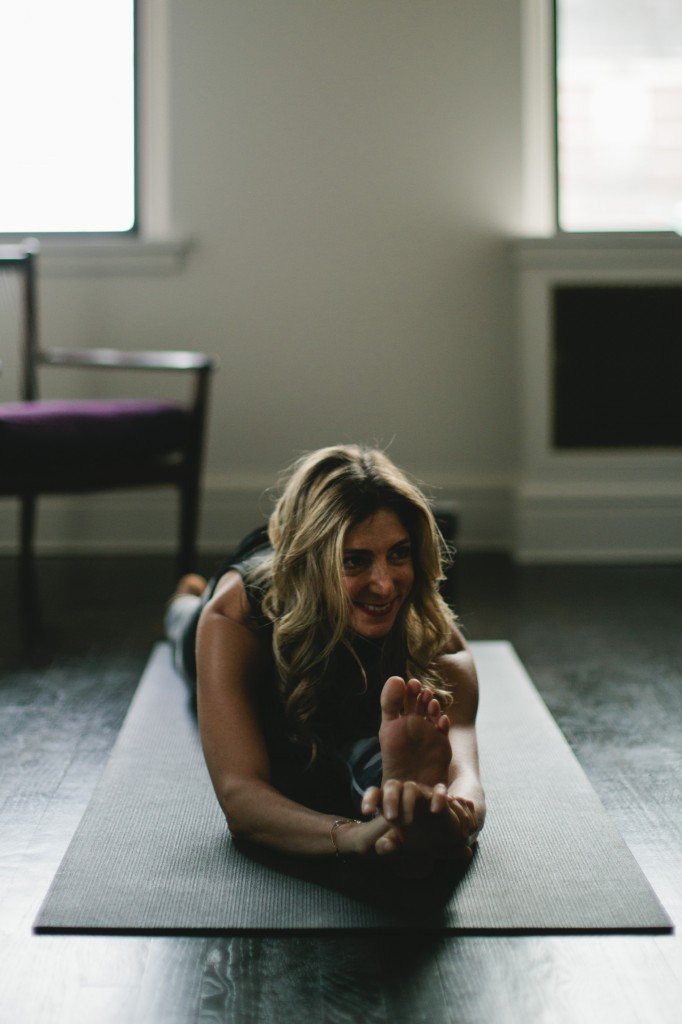 If someone has only five minutes to dedicate to wellness a day, what should he or she do?
If someone has only five minutes to dedicate to wellness a day, what should he or she do?
I have two. Become intimate with your breath. The way we breathe can have such an impact on the state of our mind. It’s been said a million times, I know, but it doesn’t hurt to repeat it. When we know our breath pattern, we begin to know ourselves. Also, focus on your food. Not only how you eat, but also seeking to understand what you’re eating. This acknowledgement can be a source of tremendous well-being.
Photos by Hailey Wist
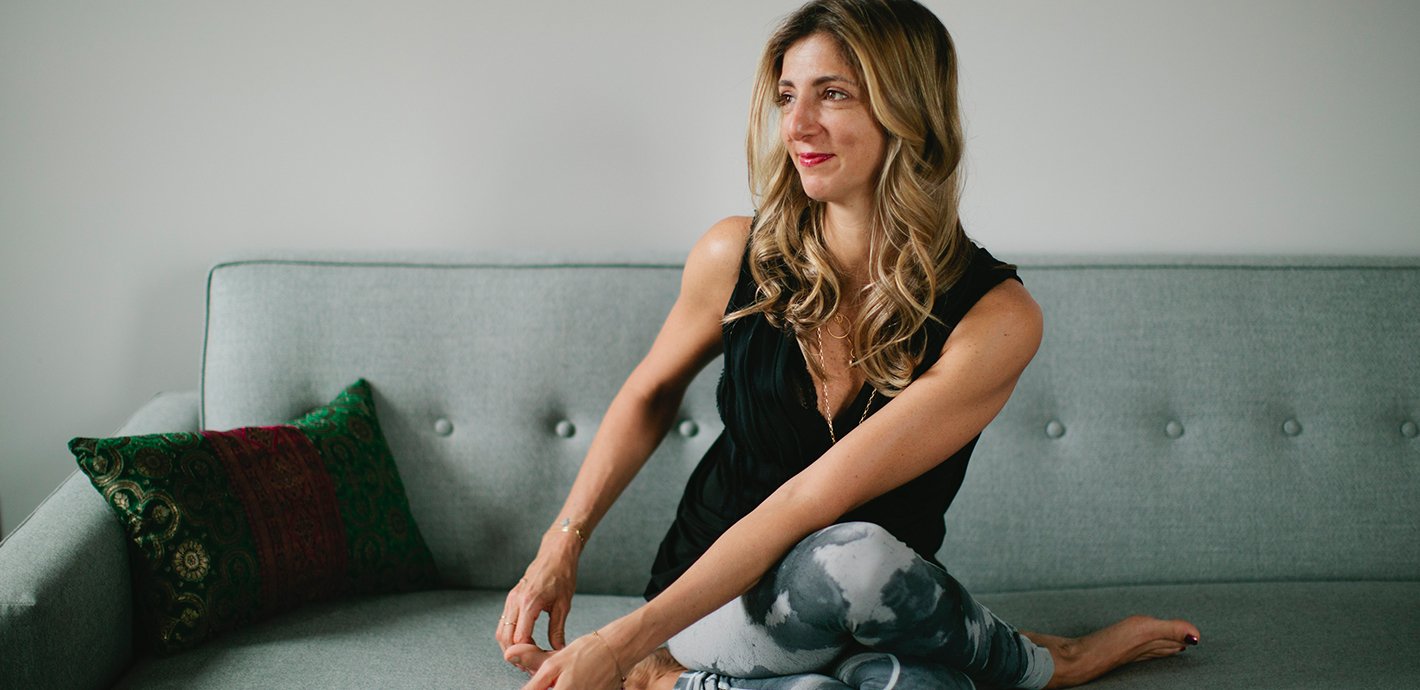
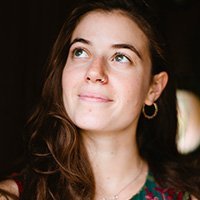
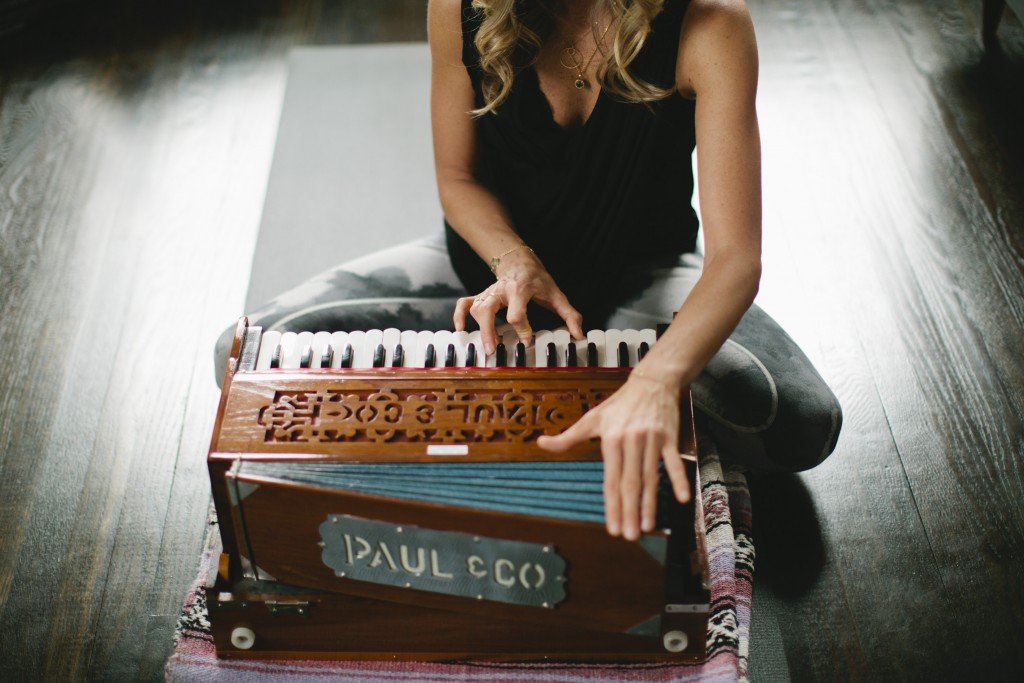
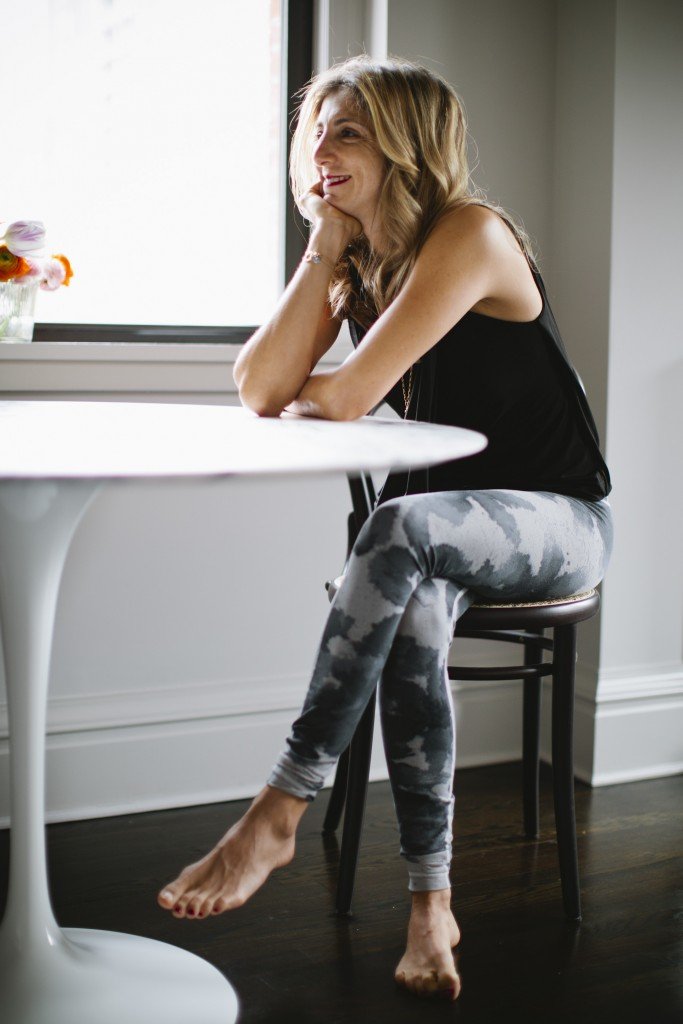
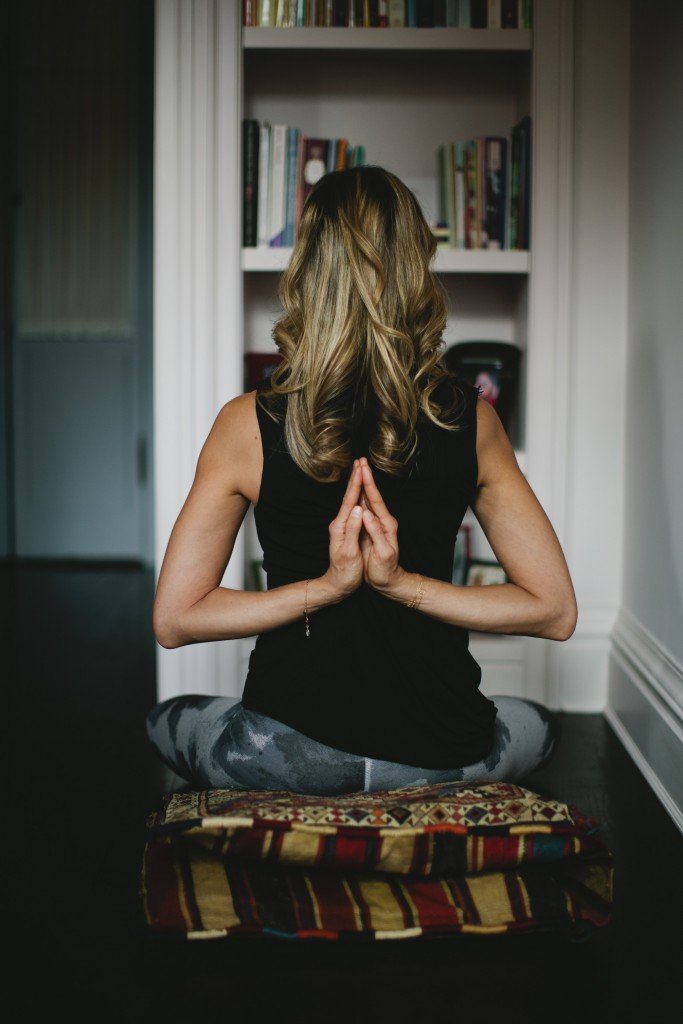
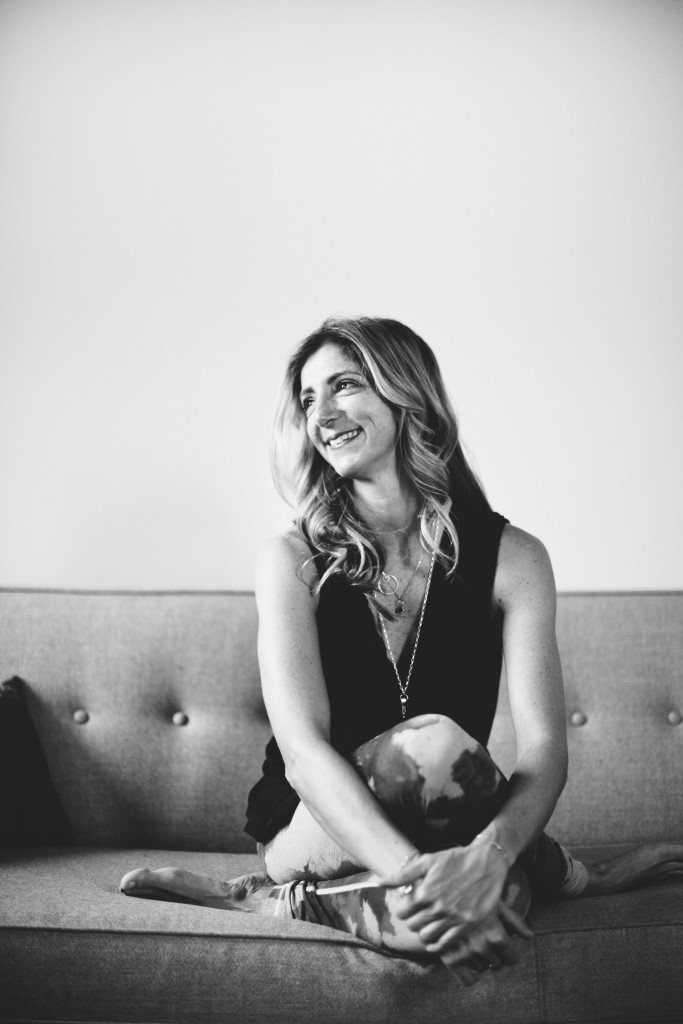
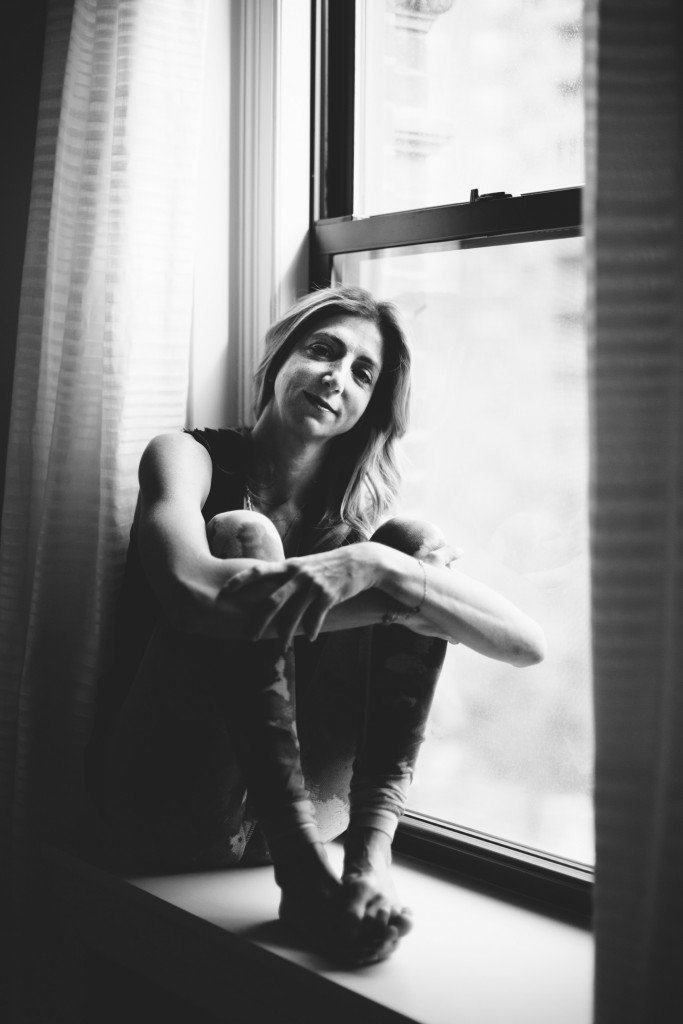
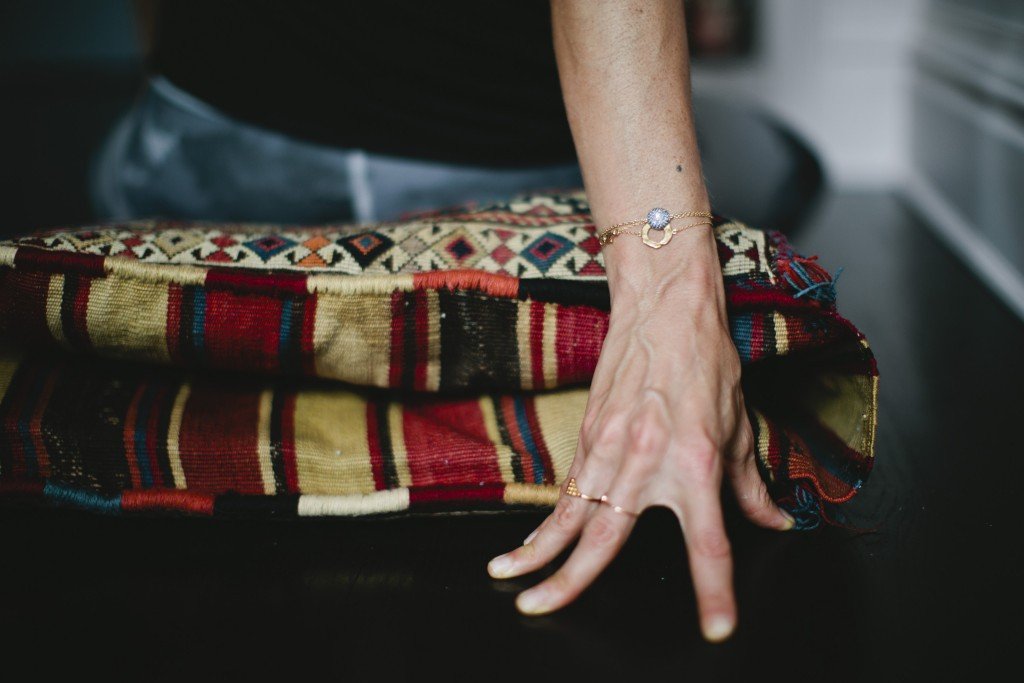
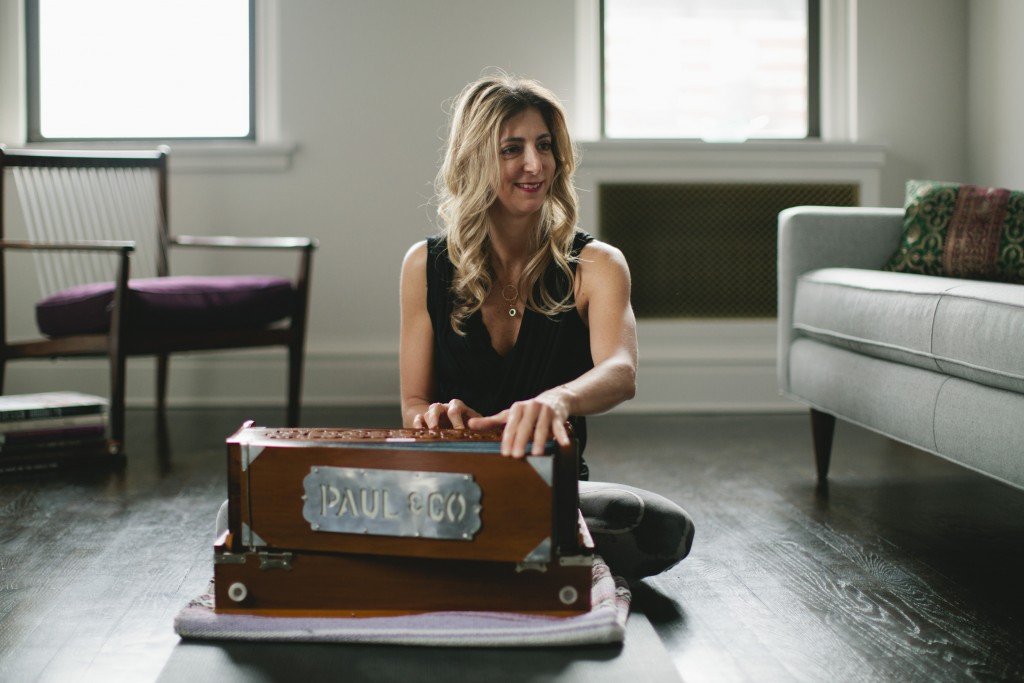
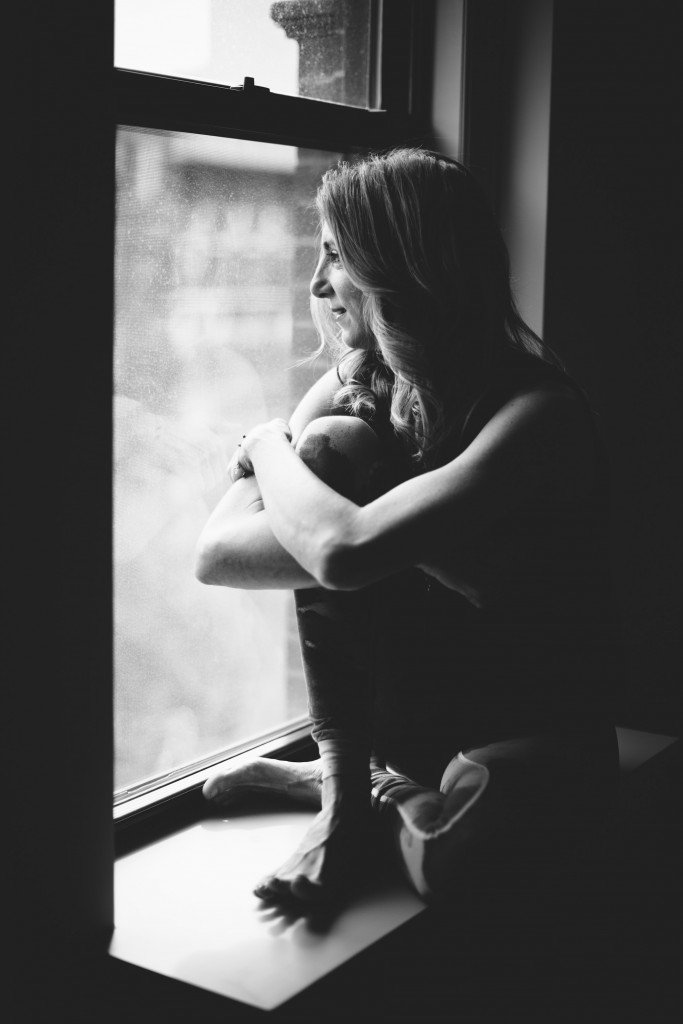
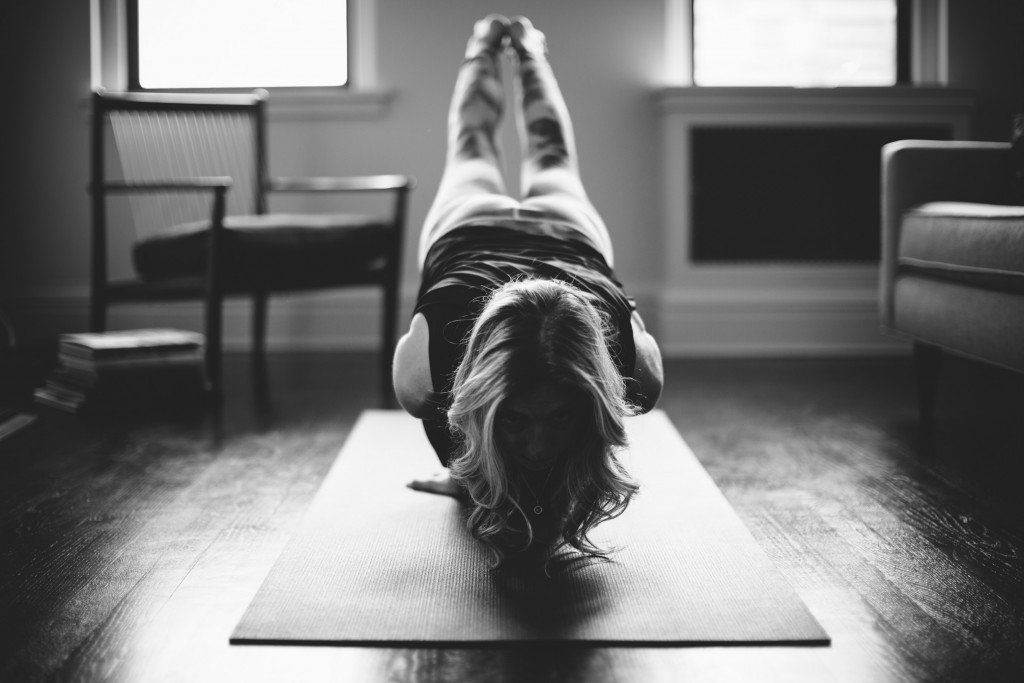






Comments (3)